The Second Sikh War
I was commissioned by a client to paint three British regiments of foot from the 2nd Sikh War the 32nd, 53rd and 80th regiments. The figure are from Foundry's Sikh Wars range. The first regiment I will post is the 32nd Cornwall Regiment. I have painted them in fatigue dress. They look really different from the usual British red and I really like them a lot and will be painting some for myself in due course. The 32nd formed part of the Bengal Division of the Multan Field force, under the command of Brigadier Frederick Markham which formed the assault force that stormed Multan on 2nd January 1849.
Bengal Division
- HM 32nd Foot
- 49th Native Infantry
- 72nd Native Infantry
- Engineer Officer, 1 Sergeant and 12 Artillerymen
Siege of Multan
Inside the city of Multan, Mulraj (Sikh) commanded 12,000 troops, with 54 guns and 12 mortars. (Some sources state that 80 guns were mounted in the citadel, though some of these may have been obsolete or decorative pieces).
On 27 December, Whish ordered four columns of troops to attack the suburbs. Mulraj's forces were driven back into the city, and Whish's force set up batteries 500 yards from the city walls. Under cover of their fire, breaching batteries were set up only 80 yards from the walls, and created two breaches in them while causing great damage in the city. On 30 December, the main magazine in the citadel exploded, killing 800 of the defenders. Mulraj nevertheless maintained his fire and sent a defiant message to Whish, stating that he still had enough powder to last a year. He attempted to mount a sortie against the besiegers on 31 December but this was driven back.
Whish ordered a general assault on 2 January 1849. The attackers successfully scaled the breaches, and the battle became a bloody house-to-house fight in the city, in which many defenders and civilians were killed indiscriminately. Whish ordered the civilians to be herded into the main square; he may have intended to spare them from further fighting but the action of corralling them was also accompanied by further casualties.
With the fall of the city, only the already-scarred citadel remained, but it held out for another fortnight against heavy bombardment. On 18 January, Whish's sappers exploded three mines under its walls, causing heavy losses and destroying large sections of its walls. Mulraj offered to surrender if his life was spared, but Whish insisted on unconditional surrender, and on 22 January, Mulraj gave himself up, with 550 men.
The figures are by Foundry and have been based to the clients requirements on 50mm x 50mm x 2mm wooden bases. The flags are by GMB Designs.
On 27 December, Whish ordered four columns of troops to attack the suburbs. Mulraj's forces were driven back into the city, and Whish's force set up batteries 500 yards from the city walls. Under cover of their fire, breaching batteries were set up only 80 yards from the walls, and created two breaches in them while causing great damage in the city. On 30 December, the main magazine in the citadel exploded, killing 800 of the defenders. Mulraj nevertheless maintained his fire and sent a defiant message to Whish, stating that he still had enough powder to last a year. He attempted to mount a sortie against the besiegers on 31 December but this was driven back.
Whish ordered a general assault on 2 January 1849. The attackers successfully scaled the breaches, and the battle became a bloody house-to-house fight in the city, in which many defenders and civilians were killed indiscriminately. Whish ordered the civilians to be herded into the main square; he may have intended to spare them from further fighting but the action of corralling them was also accompanied by further casualties.
With the fall of the city, only the already-scarred citadel remained, but it held out for another fortnight against heavy bombardment. On 18 January, Whish's sappers exploded three mines under its walls, causing heavy losses and destroying large sections of its walls. Mulraj offered to surrender if his life was spared, but Whish insisted on unconditional surrender, and on 22 January, Mulraj gave himself up, with 550 men.
The figures are by Foundry and have been based to the clients requirements on 50mm x 50mm x 2mm wooden bases. The flags are by GMB Designs.

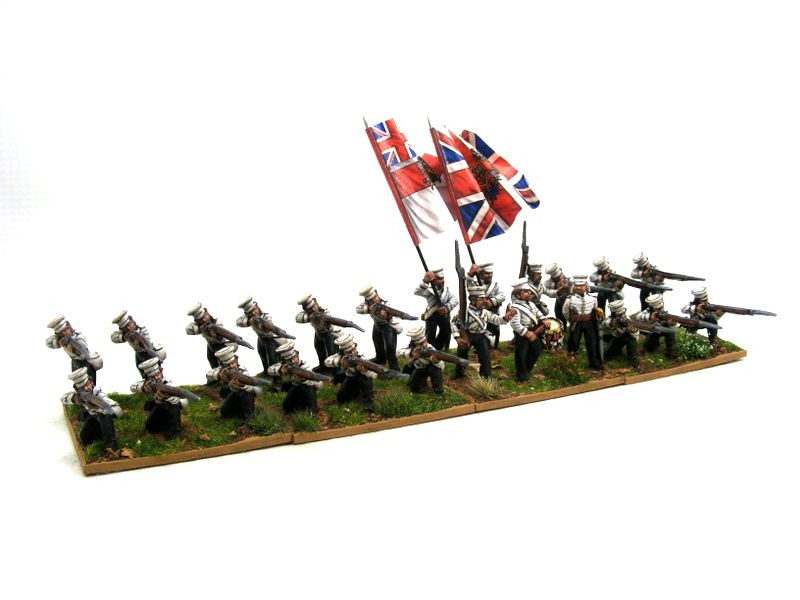
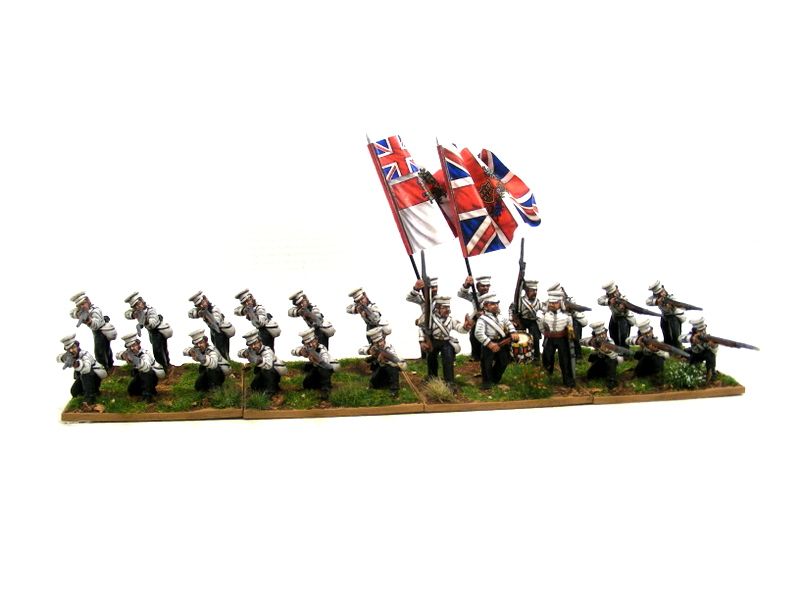
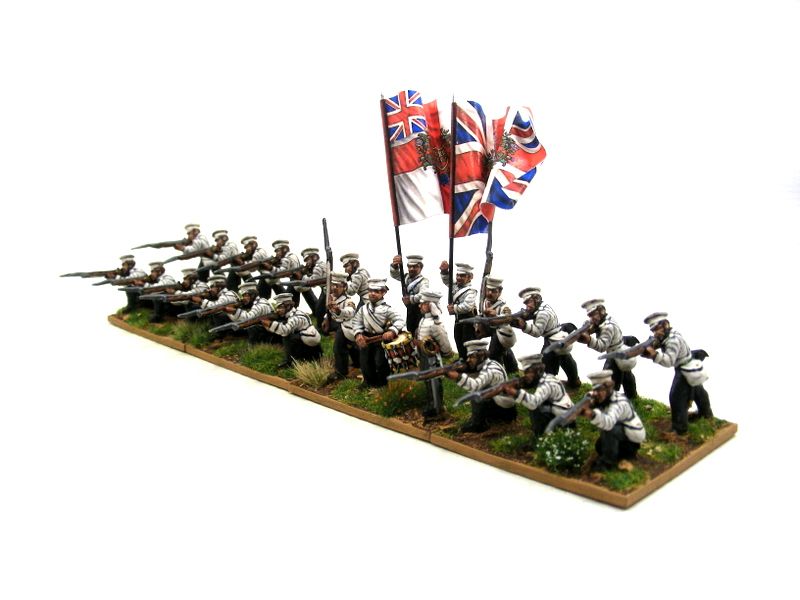
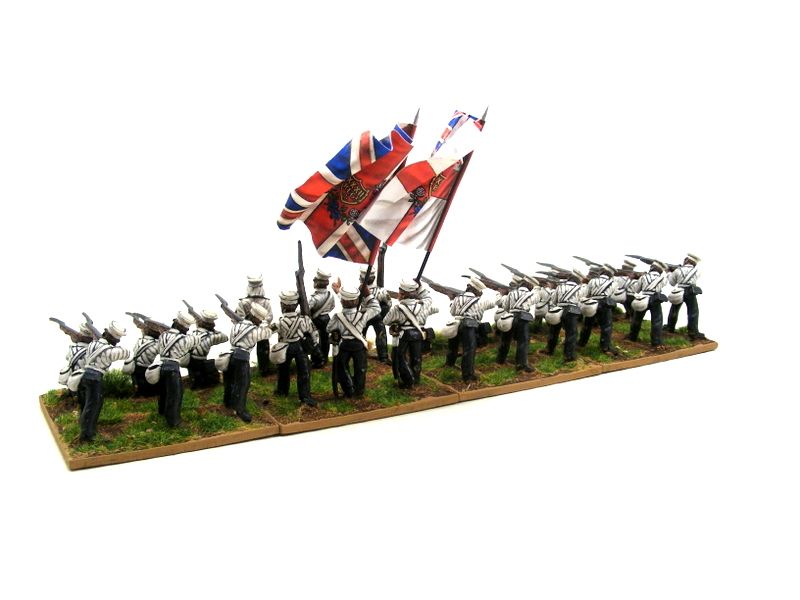
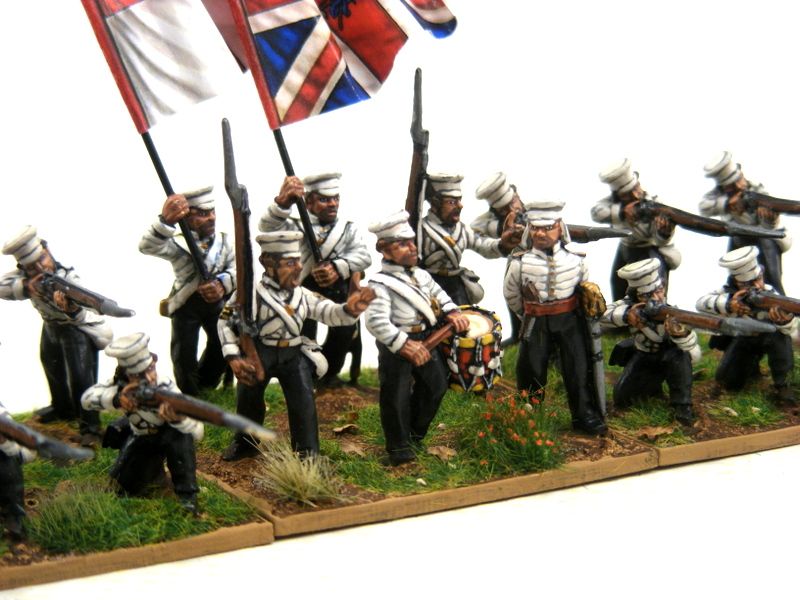
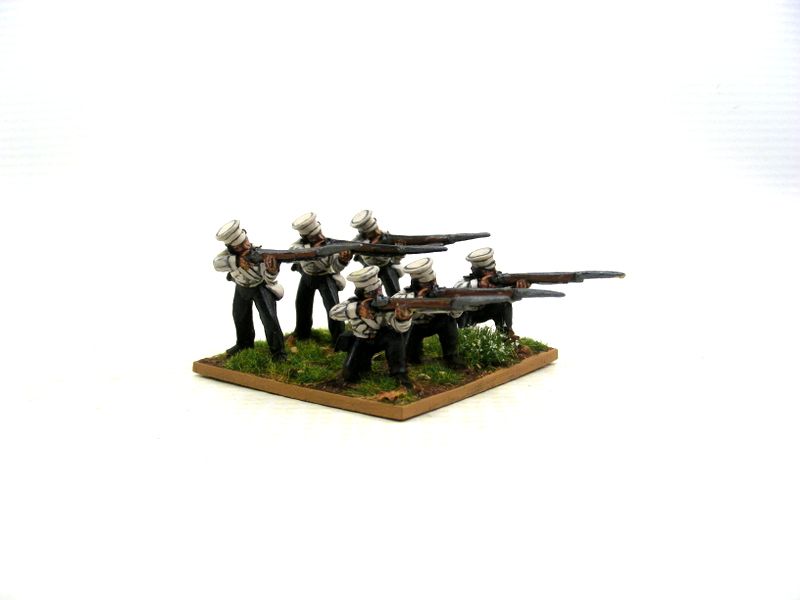
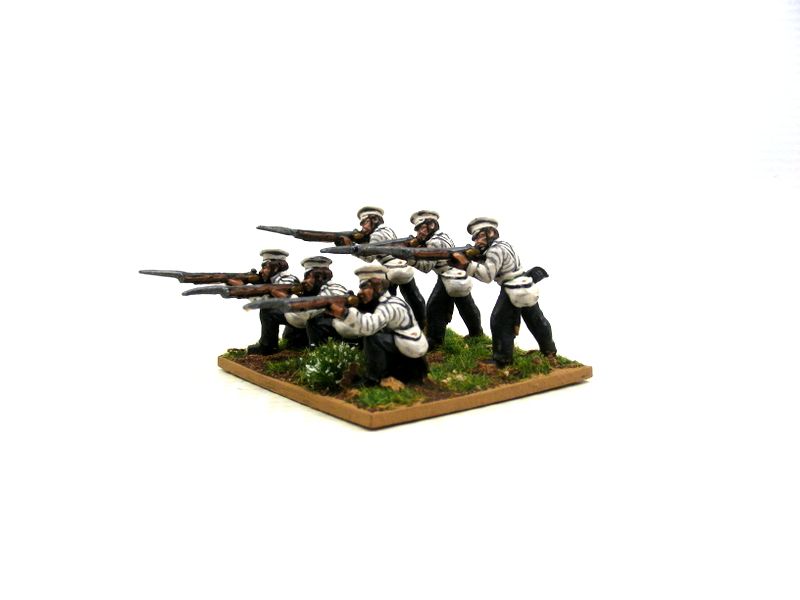
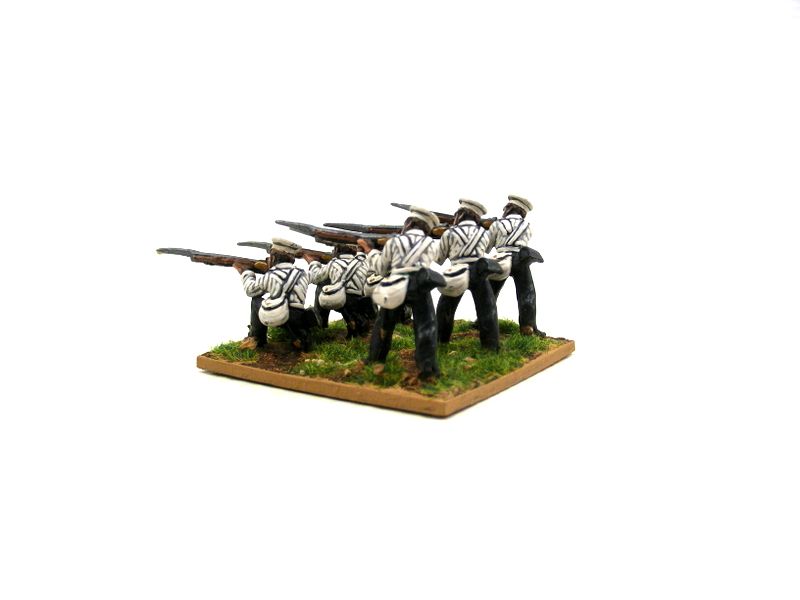
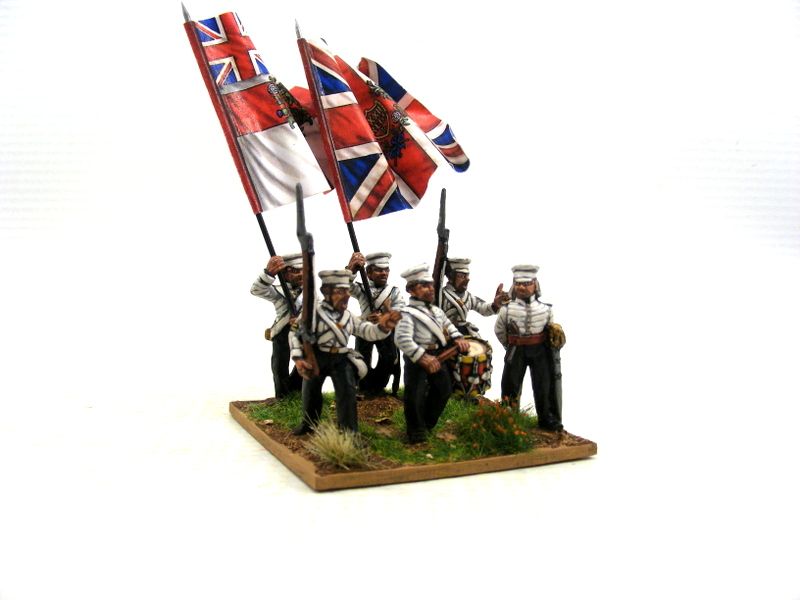
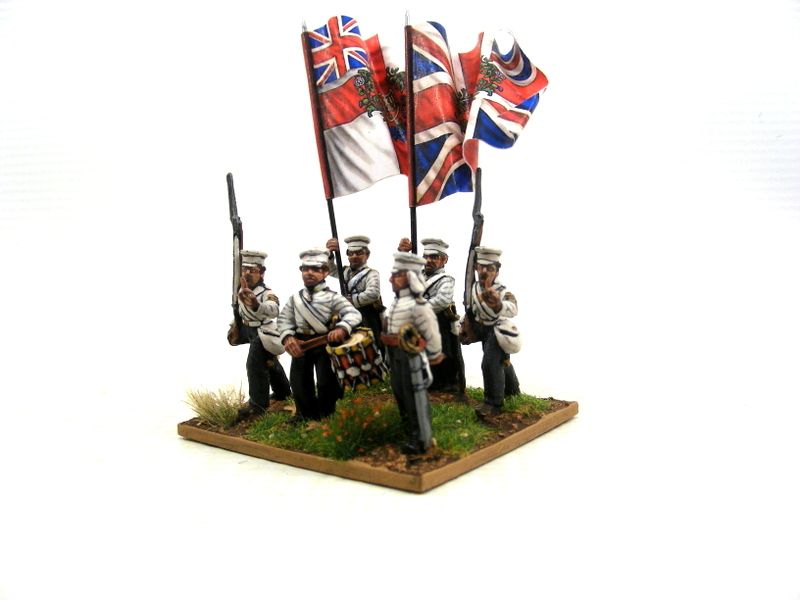
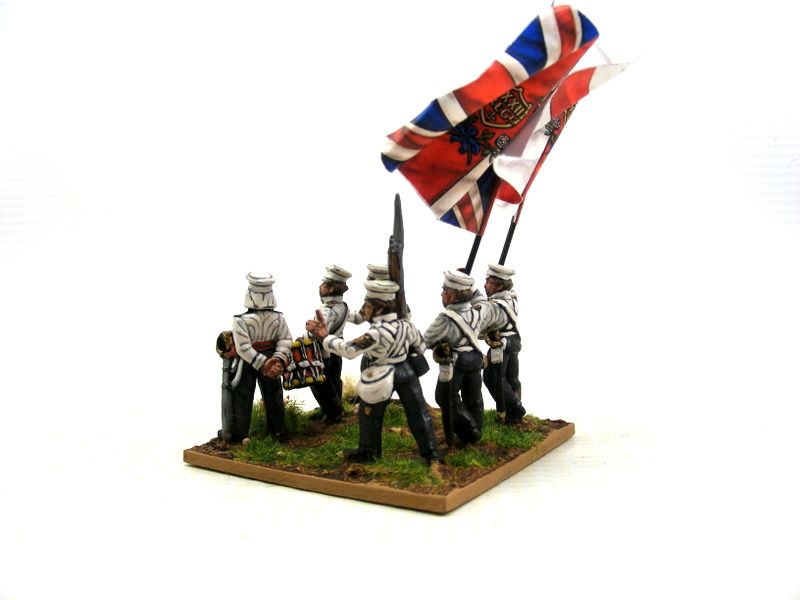
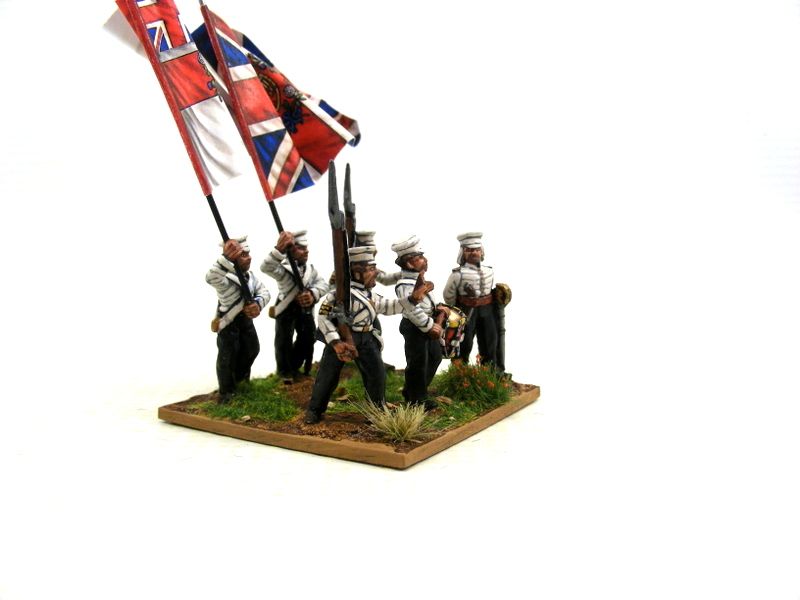
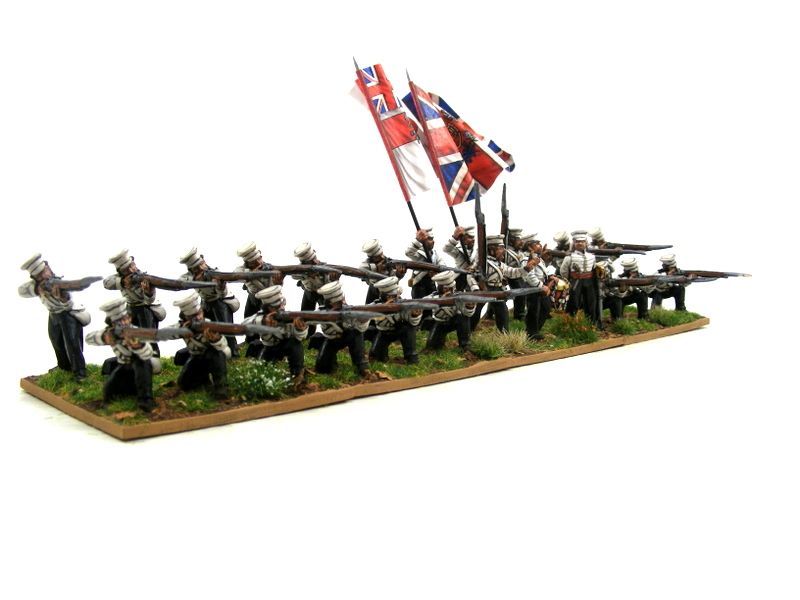
No comments:
Post a Comment